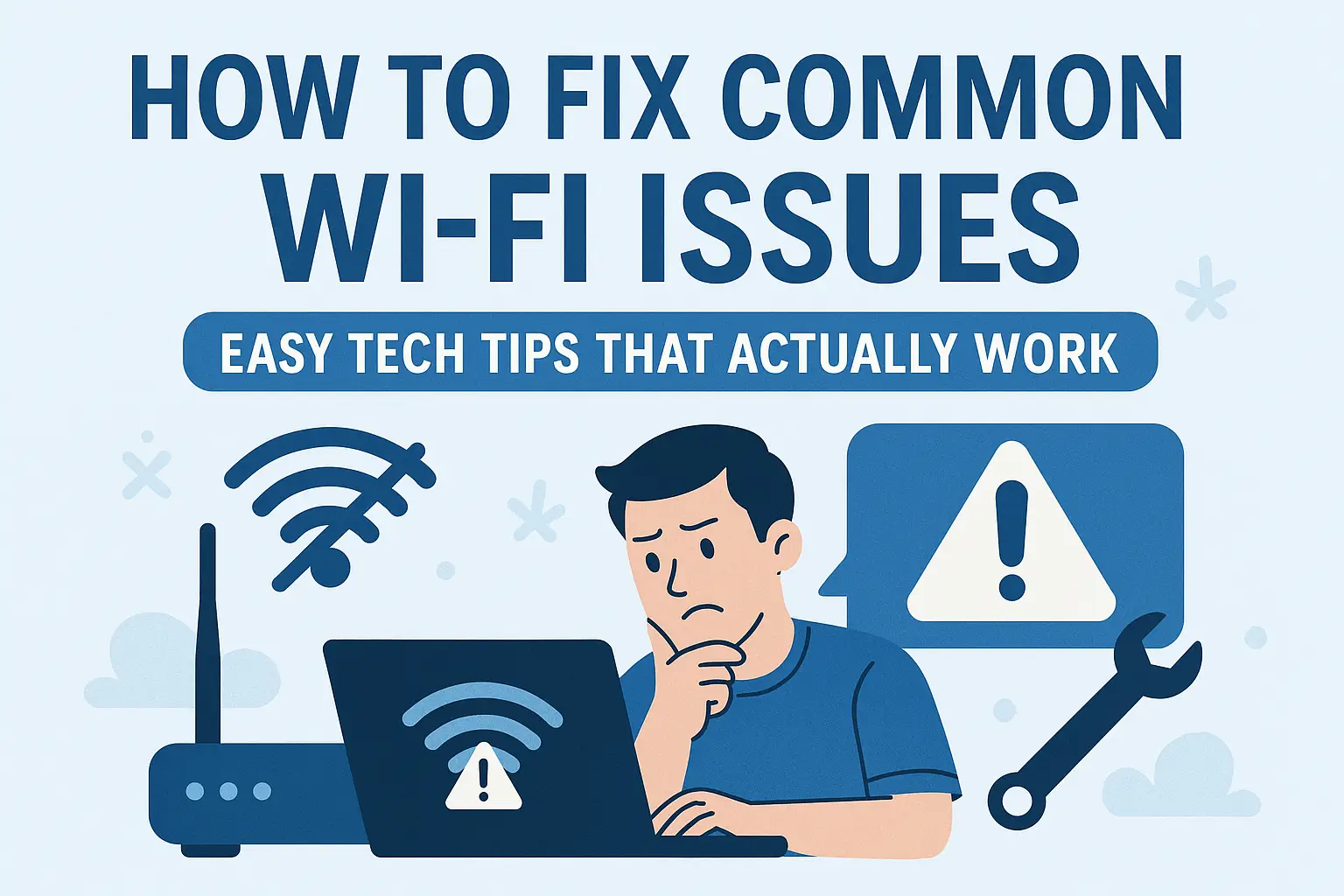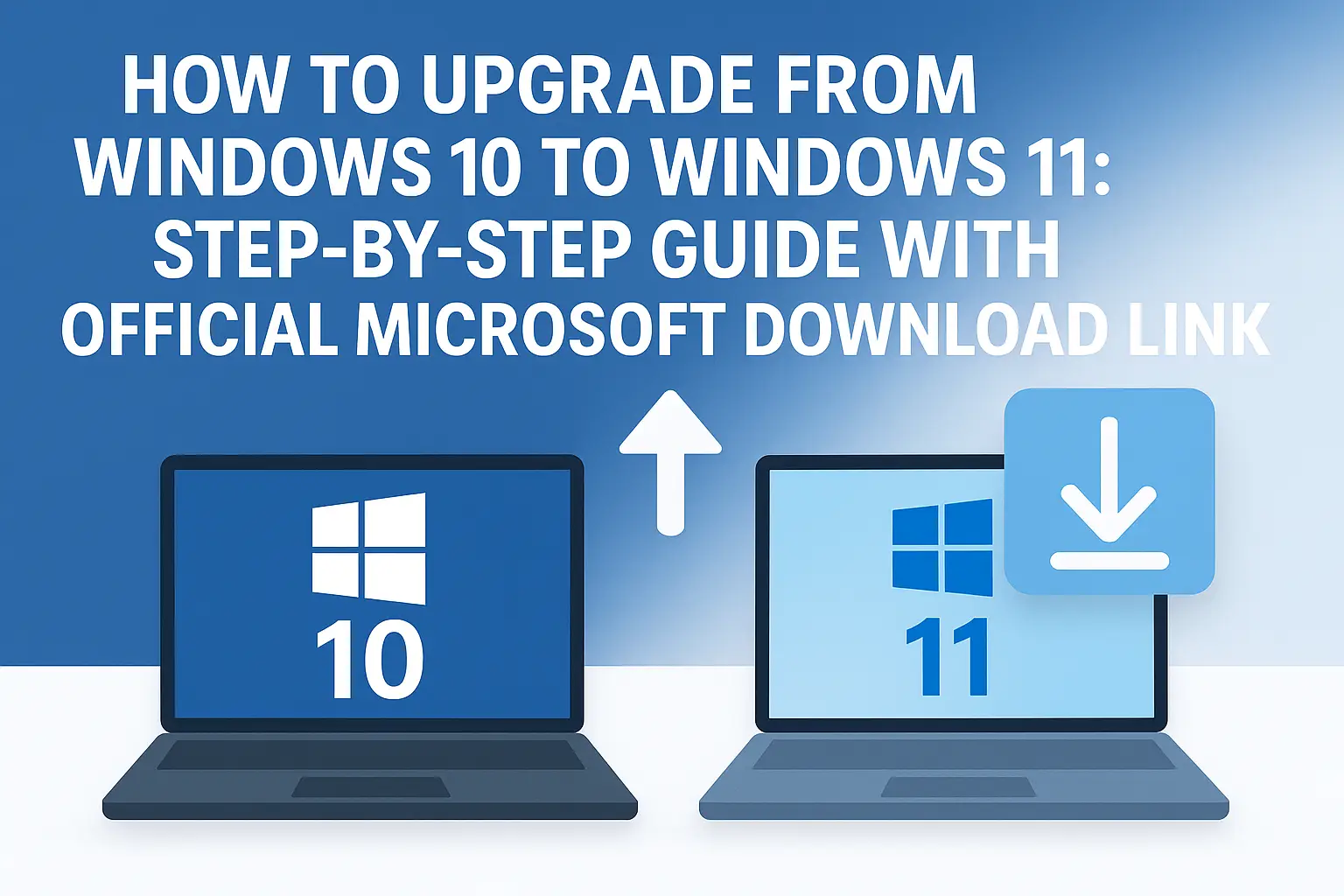Introduction
Frustrated with your Wi-Fi connection? Whether it’s slow speeds, intermittent drops, or poor coverage, Wi-Fi issues can be a headache. Fortunately, many problems can be resolved with simple fixes. In this guide, we'll walk you through some effective tech tips to get your Wi-Fi running smoothly again.
1. Restart Your Router
The classic fix for almost any Wi-Fi issue: restart your router. Power cycling your router can help refresh the connection, clear errors, and resolve performance problems. Turn it off for 10-30 seconds before turning it back on.
2. Check Your Router Placement
Wi-Fi signals are affected by the physical environment. Place your router in a central location, free from obstructions like walls, metal objects, and large appliances. Higher up on a shelf or in an open space is ideal for maximum coverage.
3. Update Router Firmware
Manufacturers regularly release firmware updates for routers to improve performance and fix bugs. Check your router’s settings for any available updates and install them to ensure your device is running the latest software.
4. Change Wi-Fi Channel
If you’re in a crowded area with many Wi-Fi networks, interference can cause issues. Routers operate on specific channels. If yours is on a crowded channel, switching to a less congested one can significantly improve speeds and reduce interference.
5. Use 5 GHz Band
Most modern routers support both 2.4 GHz and 5 GHz bands. The 5 GHz band is faster and less crowded but has a shorter range. If you’re close to the router and need faster speeds, switch to the 5 GHz band for better performance.
6. Reduce Device Load
Too many devices using the same Wi-Fi network can slow down your connection. Disconnect devices that aren’t in use and limit bandwidth-heavy activities, like streaming or large downloads, to keep your Wi-Fi running smoothly.
7. Use a Wi-Fi Extender or Mesh Network
If you have dead spots in your home, consider using a Wi-Fi extender or mesh network. These devices boost your signal and expand coverage, ensuring that you have strong Wi-Fi in every corner of your home.
8. Change Wi-Fi Password
If you suspect unauthorized users are accessing your Wi-Fi, changing the password is a simple fix. Ensure you’re using a strong, secure password that’s hard to guess, and consider using WPA3 encryption for the best security.
9. Check for Interference
Devices like microwaves, cordless phones, and baby monitors can cause interference with Wi-Fi signals. If your router is placed near such devices, try moving it away to see if the connection improves.
10. Contact Your Internet Service Provider
If you’ve tried everything and still experience slow speeds or connection drops, it might be a problem with your internet service. Contact your ISP to check if there are any outages in your area or issues with your connection that they can fix.
Conclusion
Wi-Fi issues can be frustrating, but with these simple tips, you can troubleshoot and fix many common problems on your own. From restarting your router to using a mesh network, there are plenty of solutions to improve your Wi-Fi performance and boost your productivity.
Try these tips today and enjoy a smoother, faster internet experience!








